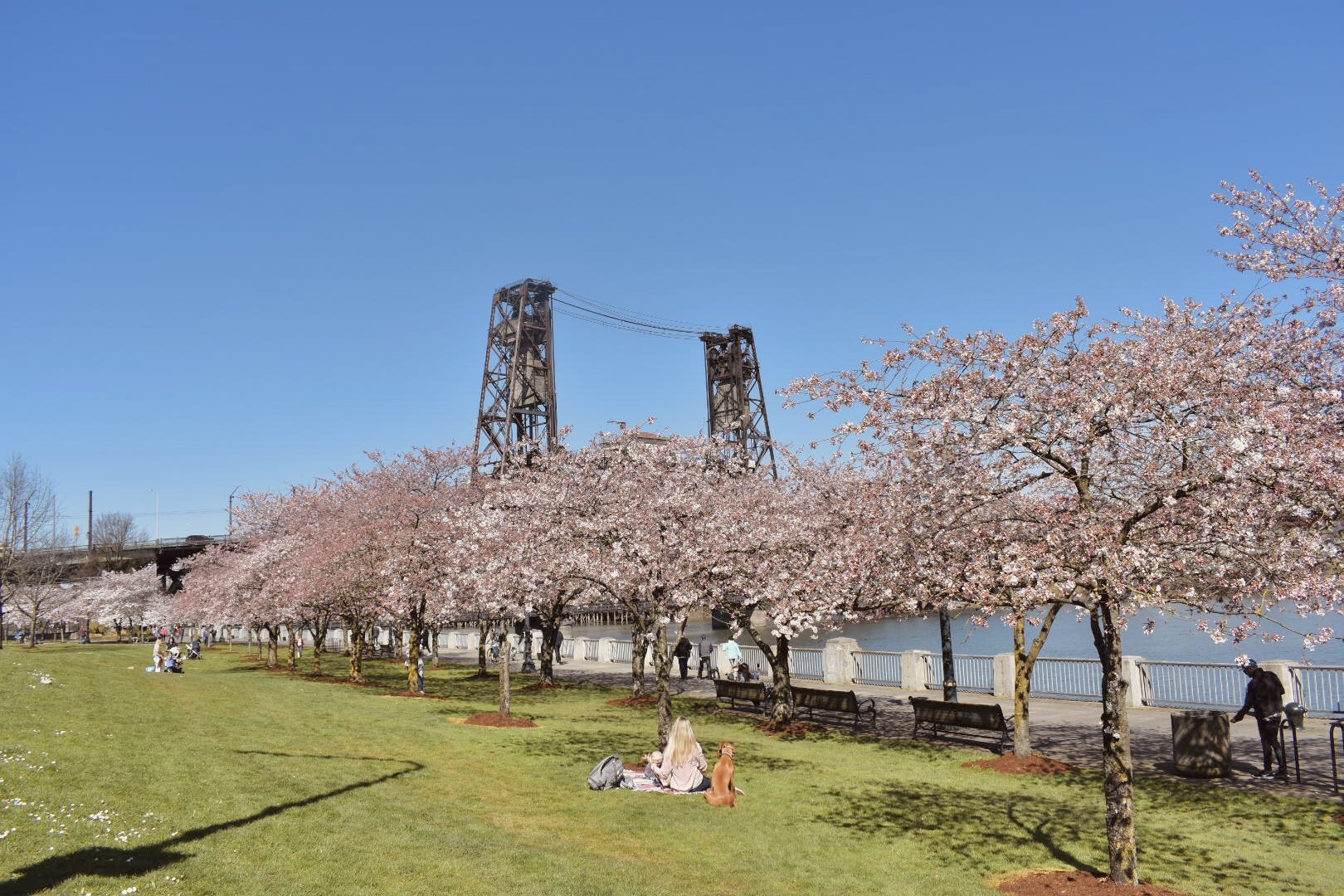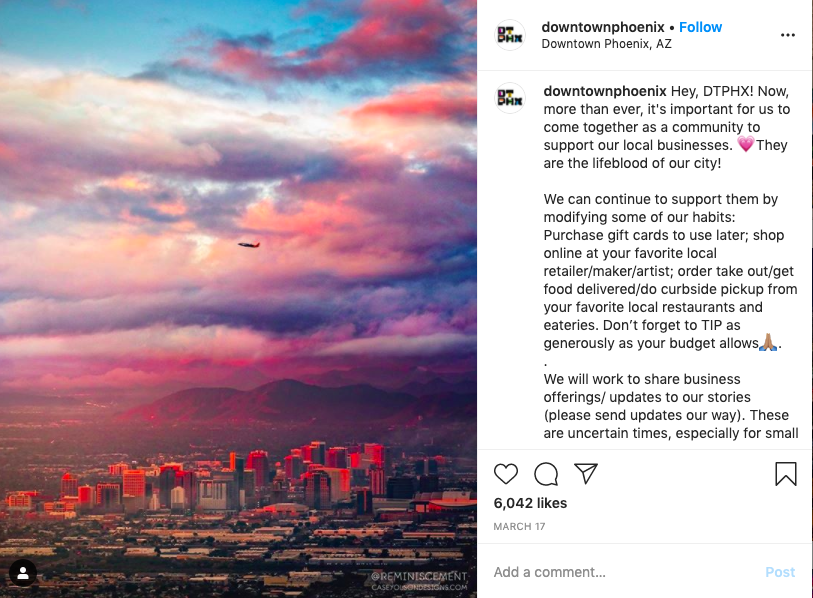
Downtown Portland
Social media strategy & crisis communications
As part of the Downtown Marketing Initiative, Downtown Portland's brand represents the retail and dining core of the city.
The goal was to balance consumer marketing with authentic, audience-driven content to highlight the best of shopping and dining downtown.
Utilizing Instagram Stories: an era before Reels
Steady organic growth was made possible by creating daily narratives on Instagram Stories, where hundreds of daily viewers tuned in.
This was before short form video content took off (TikTok, Reels), and Stories were one of the best ways to create real-time engagement.
I posted 6-10+ Stories a day, averaging around 500-1000 views each (even up to 5k!). I regularly received DMs saying this page was their favorite on Instagram. <3
My social strategy is always built around a few simple principles:
✿ Establish content pillars for structure
✿ Create daily touch points with the audience
✿ Provide genuine opportunities to participate (polls, question boxes, votes)
✿ Become a timely resource: new restaurant openings, events, bar crawl tips, etc.
When done right, Stories are never excessive or pushy, and your audience always comes back for more (either from entertainment or resource purposes). This keeps your brand at top-of-mind and at the front of their Stories queue.
In 2.5 years, I organically grew Downtown Portland's IG following from 44.6k to 70k followers.
Weekly page views ranged between 1400-3000+ views per week.
…and then the pandemic hit.
I’m sure you remember the feeling of uncertainty when lockdowns were announced and streets were vast and empty. Navigating the social media landscape at this time required extra empathy, and a sensitive finger on the ever-shifting vibe. Some days were a little more nebulous than others - we all had to play it by ear.
Imitation is flattery!
Before the official stay-at-home orders were issued by the governor, I crafted a message (left) for all of Downtown Portland's social channels touching on the business impact of COVID-19.
The message was closely repurposed by Downtown Phoenix (90.8k followers) shortly after, demonstrating our leadership in social media strategy closely monitored by industry peers.
More than anything, I was happy to have hit the mark on the head with my messaging. To be fair, all variations of “we’re in this together” quickly became old but I totally understand this approach from a communications perspective (because I did the exact same thing and would do it again).
What did I post?
I knew many relied on the Downtown Portland page to keep informed, and I took this position very seriously. Since the page was meant to be purely consumer-focused, I had to walk a thin line.
I used Stories to lean into community efforts, uplifting human stories, resources, protocols, and small-business shoutouts.
Posts focused on consumer-forward messaging, protocols, safety guidelines, and tangible ways to support restaurants and businesses.
During this period, I took care to write very long captions that provided positive, uplifting content. This was a very isolating and lonely time for most, so it was imperative to keep up a sense of community.
Main takeaways
In a global crisis, more communication = better.
In addition to the strategic static posts outlined on the right, I posted 15-20 IG Stories daily from March 14 - May 27 alone. This was up from 6-10 stories daily.
Stories were a mix of amplifying local businesses as they scrambled to pivot business models (online shopping, local porch drops, curbside pickup, restaurant pre-orders, sales and promotions), and original content (asking and sharing audience uplifting questions, virtual tours downtown, positive stories from the community, etc).
More empathy.
It was absolutely crucial to read the room every day in order to stay sensitive to what the audience would be receptive to day-to-day. It was also important to regularly acknowledge that staying purely positive at this time was unrealistic for many people, in order to avoid alienating differing realities.
People are resilient and eventually adjust.
At the beginning of the crisis, it was imperative to monitor and adjust messaging by the day, if not hour. Much care went into balancing the consumer content required of me, with emotionally valuable content to foster a stronger sense of community during a rapidly developing crisis situation.
However, as people and businesses slowly adjusted to their new reality, the demand for emotional content decreased as people sought business-related information to keep up with business reopenings, closings, and new developments. This meant more leeway for static posts that didn't necessarily center the pandemic in some way, and thus, a return to "normalcy" was tolerated.
If you’re reading this, we survived a whole pandemic! I’m happy you’re here.




